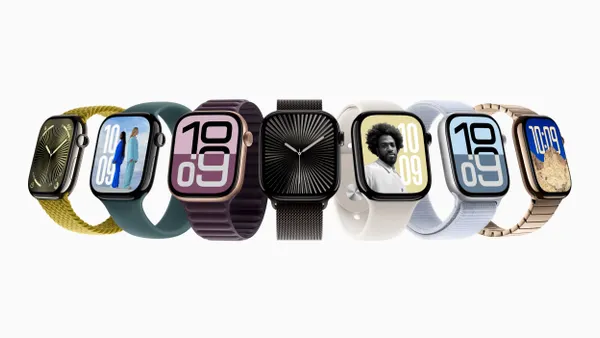Dive Brief:
-
The FDA has granted 510(k) clearance to Current Health's wearable device for monitoring vital signs, the company announced Wednesday.
-
The device continuously monitors variables including the wearer's pulse rate, oxygen saturation, temperature and movement and alerts healthcare professionals when a vital sign breaches preset parameters.
-
Healthcare providers in the U.K. are using the device to reduce the need for nurses to visit patients at home to take vital signs, but the 510(k) clearance only covers in-facility use in the U.S.
Dive Insight:
Current, formerly known as snap40, designed its device to be worn on the upper arm. Once in place, the device captures vital signs data to ISO standards and sends them for analysis by Current's algorithms. This process can lead to alerts that notify healthcare professionals when a patient's vital sign breaches a threshold set by their physician.
Predicate devices cited in Current's 510(k) submission, such as Draeger's IACS and Philips' IntelliVue, capture some of the same vital signs and issue alerts but are less compact than the Scottish startup's wearable. The 510(k) clearance may prevent healthcare providers from taking full advantage of the novel features of Current's device, though.
The 510(k) clearance issued by FDA last year states the device "is not intended for use in high-acuity environments, such as ICU or operating rooms or for use in the home." Rather, FDA has signed off on the use of the wearable in the "continuous and intermittent physiologic ... monitoring of adult patient in environments where patient care is provided by trained healthcare professionals."
Current started out in 2016 with plans to create a device for use in hospitals but later pivoted toward home use. Fueled by $8 million in seed funding, Current's new goal is to create hardware and software that cut hospital readmissions and improve outcomes in recently-discharged patients.
Early applications of the technology in the home context have generated some positive results. A healthcare system in the U.K. that serves around 500,000 people reduced home visits by nurses by 22% through the use of the device to capture vital signs remotely. More than 90% of the patients used the device as advised by their healthcare professionals.
In the U.S., the device is being deployed in hospital settings, most notably at Mount Sinai Brooklyn. The 212-bed acute-care community hospital hopes the device will enable its staff to act faster when a patient's condition starts to deteriorate.












